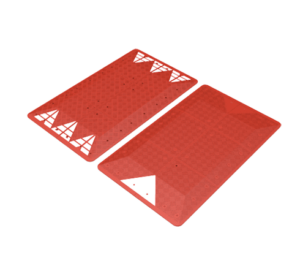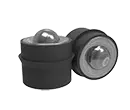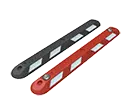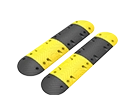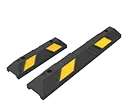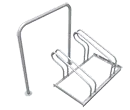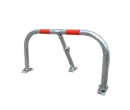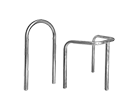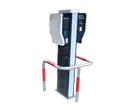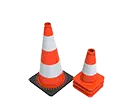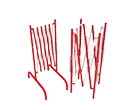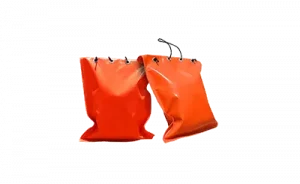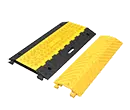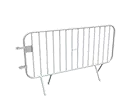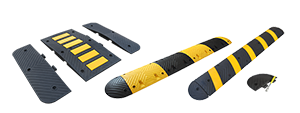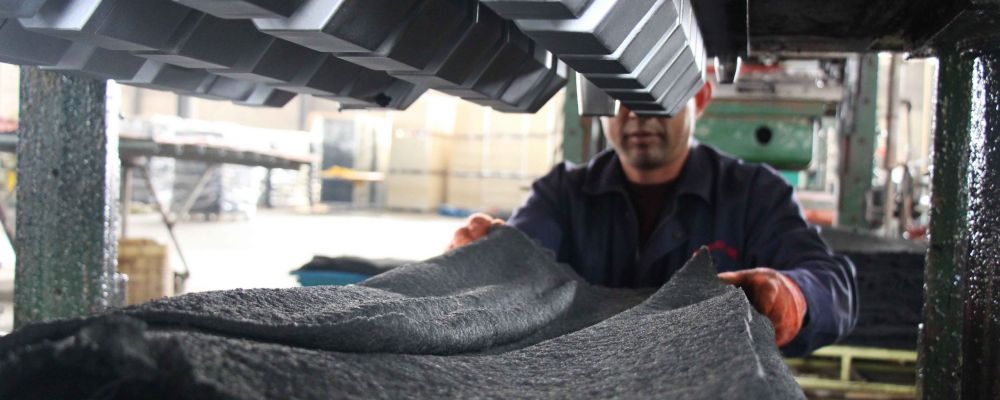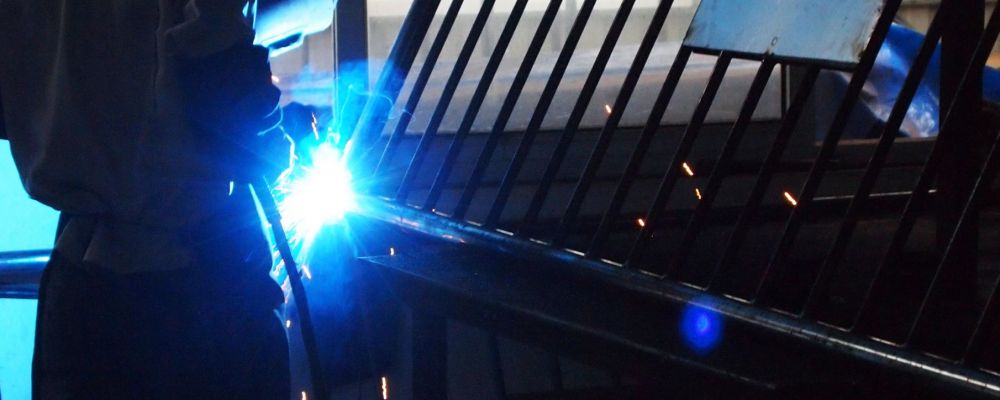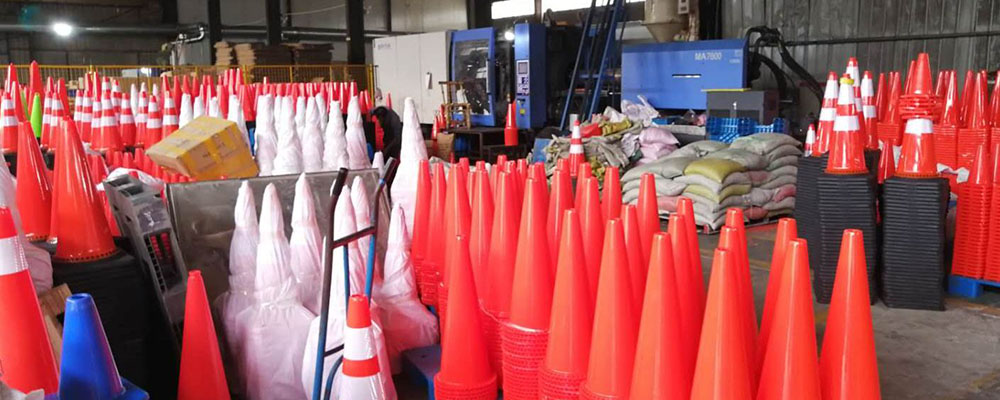Top 5 frequently asked questions about traffic speed humps
Traffic management and traffic safety are the needs of growing cities and towns. Taking the right traffic calming measures and using traffic control devices ensure public safety. That is why municipalities and the transportation department use different tools to manage and guide traffic movement.
Traffic safety tools reduce the rate of collisions, crashes, and the number of fatalities caused by road accidents. Transportation engineers install tools like speed bumps, road humps, speed tables, speed cushions, speed breakers and warning signs in different areas according to their needs.
Speed humps have a raised surface that is spread across the road on its entire width or sometimes up to a few feet. This tool aims to slow down the motor-vehicle driver, cyclist, and bicyclist in a pedestrian, work, or slow zone.
After learning what a road hump is, we can know more. Enlisted below are the top five FAQs related to this beneficial tool.
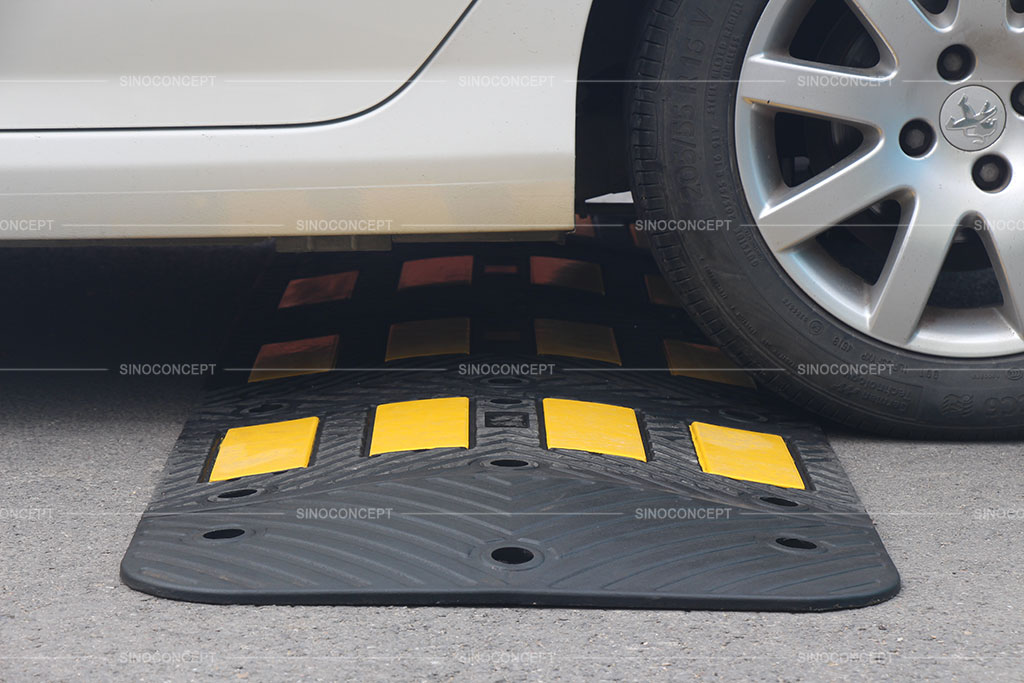
What are the benefits of using speed humps?
Speed humps are arranged on roadways, parking lots, and city streets to reduce vehicular speed by around 20 miles per hour (mph). They warn cyclists, bicyclists and motorists about the need to reduce speed for the sake of pedestrian safety. So, people travelling at high speed diminish their acceleration when they enter a critical area.
Sometimes, accidents are inevitable. Under such situations, speed humps decrease the severity of accidents and associated injuries, helping save precious lives. When you install these tools, there is no need for police enforcement officials on the roads to guide people about speed limits. The tool can serve the same purpose.
Another benefit of speed humps is that they are available in many sizes, colours, and materials, including recycled plastic, rubber, and steel. So you will have many options to choose from according to your speed limit needs.
To protect pedestrians and drivers, they can be installed around various places, such as asphalt pavement, pedestrian crossings, roadways, roundabouts, street parking, and school crossings.

Do speed humps reduce the response time of emergency vehicles?
Yes, speed humps decrease the emergency-response time of an emergency vehicle like a fire truck or ambulance. These vehicles need to reach their destination quickly.
But when they travel on roads with speed humps, speed bumps and rumble strips, they are forced to reduce their speed, ultimately reducing their response time.
That is why the federal highway administration and local municipality should first contact the emergency vehicle department before installing traffic calming tools on the road. They should avoid installing traffic control tools on roads that are frequently used by fire trucks, emergency buses, etc.
Besides this disadvantage, another con of speed humps is that they can damage vehicles that drive over them frequently or hit them at high speed. Municipalities should install warning signs, signposts, and street lighting to warn the driver and the pedestrian in advance about speed-limit needs and the presence of speed humps.
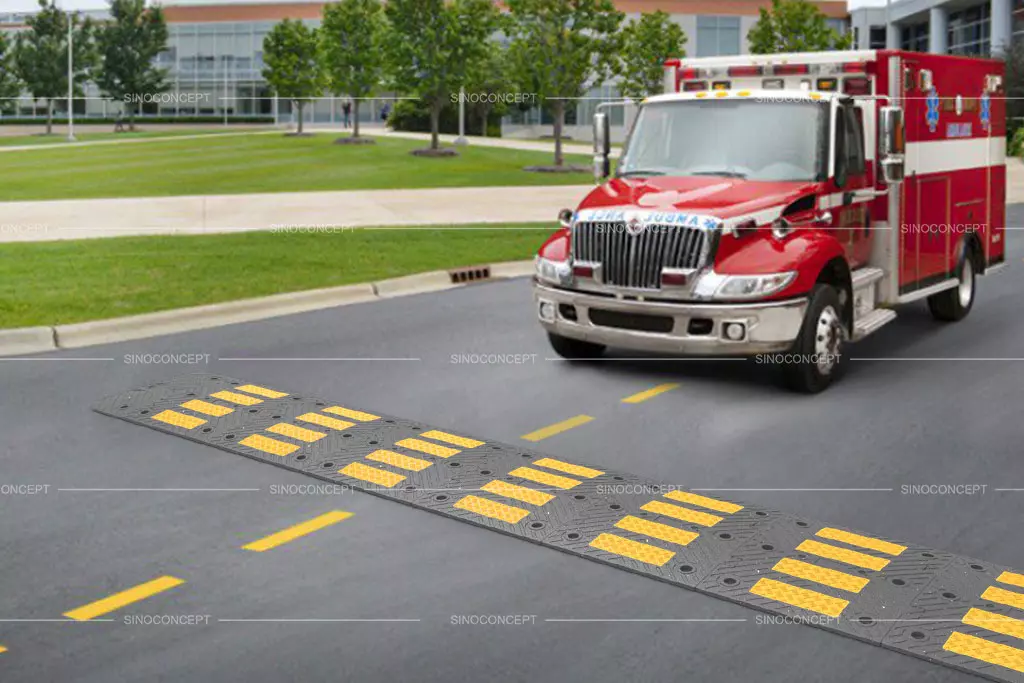
How to install a speed hump in your parking lot?
If you are a parking lot owner and your parking space has a risk of accidents, installing speed humps and other traffic safety tools might be the best idea. Rubber speed humps are easy to carry and install tools.
You can install them independently in a few minutes by following the steps explained below.
- Step 1: Get a speed hump, drilling machine, bolts, and wedge anchor. Ensure the speed hump is according to your local regulations related to the tool. It should also be according to the lane size you want to install.
- Step 2: Place the speed hump on the selected area and mark its bolt holes with chalk.
- Step 3: Now drill holes where speed hump bolt holes are actually situated.
- Step 4: Sweep the area to remove dust and debris.
- Step 5: Place the speed hump to its place above the marked area.
- Step 6: Hammer the wedge anchor inside each hole and then lock it in place to ensure it does not move from its place or go inside the concrete.
- Step 7: Fix and tighten the bolt inside the hole. Do not tighten the bolt too much; doing so may damage the speed hump bolt hole.
Now your speed hump is set to be used. You can draw pavement markings around it or install speed ramps, speed signs, traffic cones, reflective stop signs, road bumps, and bollards around it to make it more effective and beneficial for people using your parking space.
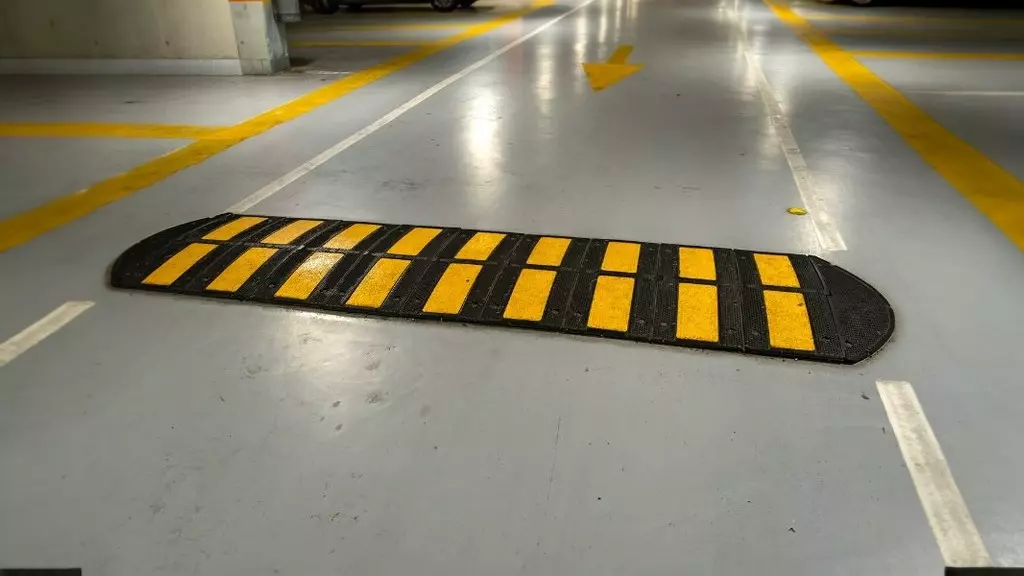
What length of a speed hump should you use?
People consider many important factors before purchasing a speed hump, and length is one of those factors. Selecting the wrong length of a speed hump will waste not only your money but also your time. Therefore, make sure you make the right decision.
Most agencies use speed humps having 12 to 14 feet travel length. But it is better to check the size of your road or street before selecting a speed hump.
Other factors you need to consider when buying road humps for speed control purposes are material, colour, manufacturer, and durability.
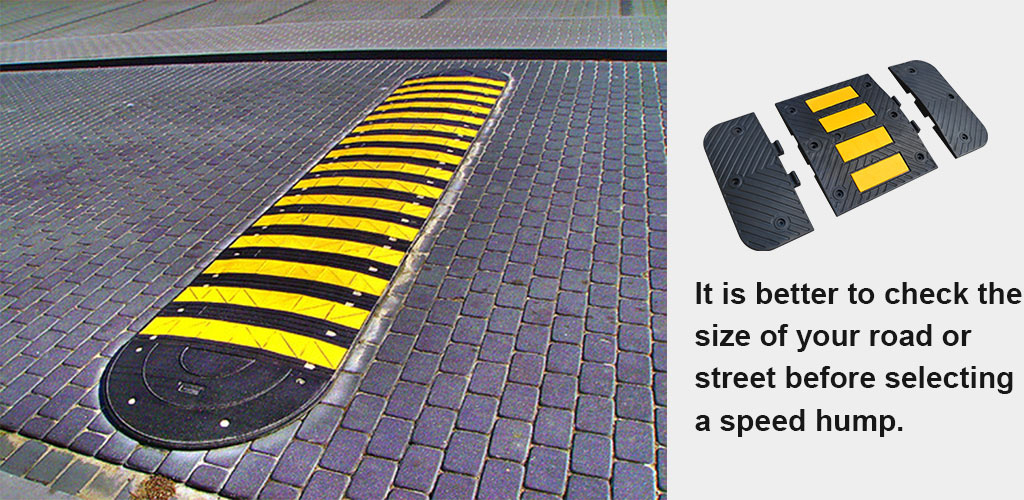
How to get speed humps installed on your streets?
If you are concerned about the lack of traffic calming devices in your area, you can request your local municipality to install them. There is a legal procedure that you must go through to request their installation.
You will first have to write a petition/application. Ask people living in your neighbourhood and get their signatures on the petition. You may also have to ask your local officials, like emergency vehicle service providers etc., to see whether the speed hump will disturb their route or not.
Once you have done everything, send your petition to your local municipality office. Wait for a few days to get a response. The municipality will check whether your street qualifies for the speed hump or not.
For this, they will check if it has a high risk of accidents due to speeding vehicles or if your street is rarely used by vehicles.
If your street meets their criteria, they will send professionals to install a speed hump in your street.
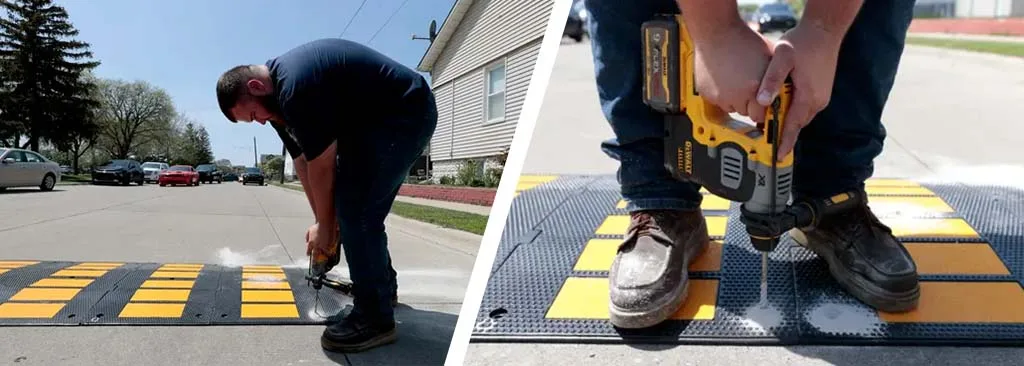
Conclusion
Speed humps, traffic signals, traffic signs, parking signs, speed breakers, wheel stops, and city traffic barriers are all traffic control devices that must be installed on roads, roundabouts and traffic circles for the sake of pedestrian safety and road safety.
Rubber speed humps are effective, inexpensive and easy-to-install tools that you can place on streets and roads with a high risk of pedestrian-car collision.
You can install them on your private road or driveway if you think they require safety. You can also request your local municipality to install them in your area if vehicles that exceed the average speed limit often travel on your roads/streets.
Speed humps will create a sense of safety among people living in your neighbourhood and significantly reduce the number of road accidents and associated deaths. Make the most of this tool using other road safety devices.
To learn more, we advise you to refer to the following pages:

